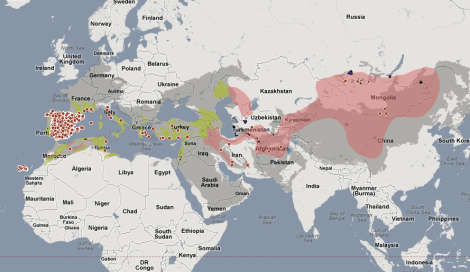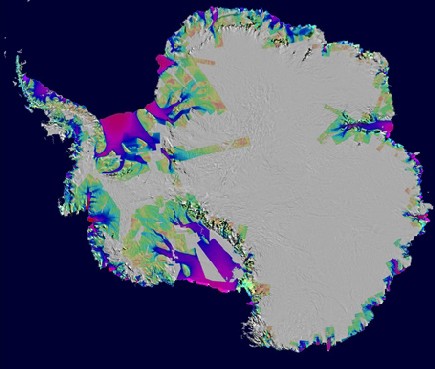
Scientists and garden-variety animal lovers who want specifics about where to find particular species have reason to rejoice: A new online database called The Map of Life provides cutting-edge accuracy about the whereabouts of some 25,000 species, and it’s adding more all the time.
The Map of Life was created by Yale scientist Walter Jetz and University of Colorado at Boulder scientist Robert Guralnick. They started the project because field guides, which feature what they disparagingly refer to as “blob maps,” provided such an inaccurate idea of where to find certain species — they just show a blob where the species might be found. The Map of Life doesn’t only deal in probability blobs; it knows where the animals really are, based on data from a number of sources, like the Global Biodiversity Information Facility, the World Wildlife Fund, and various national park surveys.
At the moment, the Map of Life has data on some 25,000 vertebrates and North American fish. The goal is to provide the numbers and location of millions of species. In addition to making general study of species easier, it will help in assessing which of them have a good chance of avoiding extinction. I guess it was too much to hope that they were just trying to make it easier to find a manatee to hug.



